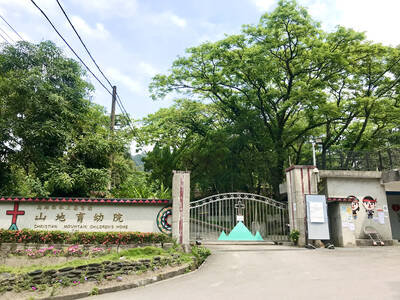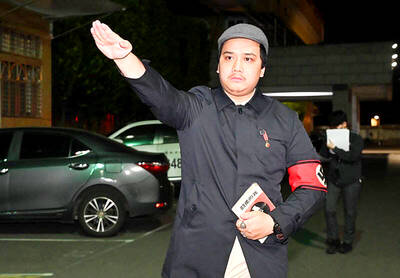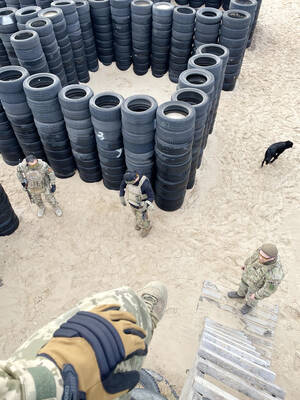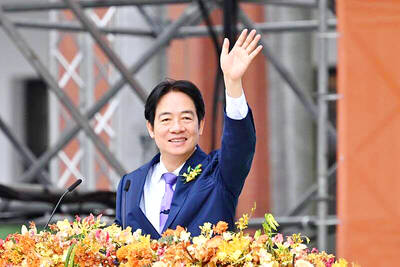The cult success of the Chilean novelist Roberto Bolano’s The Savage Detectives and the immense worldwide posthumous success of his final novel, 2666, have encouraged his British publishers to delve into his substantial backlist. There are lots of interesting things there, most marked by the formal eccentricity that so defined 2666.
By Night in Chile is told in two paragraphs, the second only a few words long. Distant Star, the most engaging of these earlier works, is a magic realist-tinged narrative of Pinochet’s regime, containing a fascist poet who writes his work in vapor trails in the sky. Nazi Literature in the Americas is a real curiosity; it has a surface simplicity, but few readers will be able to pin down a general unease about the book’s purpose and meaning. It was published more or less simultaneously with Distant Star, in 1996, and its last story — or entry — contains a short version of that novel.
It is structured as a sort of dictionary, with 30 or so short lives of imaginary writers. They are all related, in different ways, to often extremely right-wing causes. They pay a pilgrimage to visit Hitler or are photographed in childhood being dandled on the Fuhrer’s knee. They promote anti-Semitic ideology among beat poets. They flee to South America after the war and live in enclosed Teutonic colonies. “Five feet [1.52m] tall [and] with a swarthy complexion” themselves, they write books with characters exclusively “tall, fair-haired and blue-eyed”. They come to violent ends, either in the past or considerably in the future; their books are acclaimed within certain circles, or self-published and never noticed; they deal with each other in dense webs of literary association.
In description, Nazi Literature in the Americas sounds like satire, and it has a dryness about it that could easily be taken for ironic humor. In fact, Bolano’s intentions are more sophisticated than that. Much of his personal experience was with writers passionately committed to extreme leftist causes, ceaselessly arguing about ideological purity in poetry and splitting up into smaller and smaller “groupuscules”. (All this is described in The Savage Detectives.)
Nazi Literature in the Americas takes what Bolano knew very well, and sends it through the looking glass of the ideological divide. He imagines writers of extraordinary experimental verve, engaging with the most advanced literary theory. Some of them, indeed, sound a little like Bolano in 2666, a novel as steeped in the excitements of brutal violence as any writer described here.
Other of these imaginary figures are naive science-fiction writers, or the creators of adventure stories, or, in the case of Argentino Schiaffino, the poet of myth and epic for the thugs of the football terraces. In short, Bolano’s imaginary writers cover the same breadth of ground as any selection of writers. Bolano, with his characteristic entranced fascination of tone, trembles on the verge of suggesting that some of them may have been terrible, but there is no reason to suppose others are not capable of greatness.
This is a heretical thought, but the ideological basis of writing has never had much to do with its merits; a novelist is not more or less likely to be a good novelist because he approves or disapproves of Pinochet, Bill Clinton, Stalin, Mao or Margaret Thatcher. In its unexpected and committedly affectless manner, Nazi Literature in the Americas testifies to the sheer power of literature; how it can emerge in an artless or sophisticated manner with a power that we would prefer to direct.
There was never any reason to think that the writers of literature were likely to be exclusively nice people. Only the most foolish reader ever considered that literature was something one would be at all likely to agree with. Bolano’s impressive novel triumphs by displaying a power of imagination and a quiddity we are not inclined to allow any of his imaginary writers. It also, magnanimously, suggests that they too might be capable of writing a poem in the sky, whatever they did when they came back down to earth.

May 18 to May 24 Pastor Yang Hsu’s (楊煦) congregation was shocked upon seeing the land he chose to build his orphanage. It was surrounded by mountains on three sides, and the only way to access it was to cross a river by foot. The soil was poor due to runoff, and large rocks strewn across the plot prevented much from growing. In addition, there was no running water or electricity. But it was all Yang could afford. He and his Indigenous Atayal wife Lin Feng-ying (林鳳英) had already been caring for 24 orphans in their home, and they were in

On May 2, Chinese Nationalist Party (KMT) Chairman Eric Chu (朱立倫), at a meeting in support of Taipei city councilors at party headquarters, compared President William Lai (賴清德) to Hitler. Chu claimed that unlike any other democracy worldwide in history, no other leader was rooting out opposing parties like Lai and the Democratic Progressive Party (DPP). That his statements are wildly inaccurate was not the point. It was a rallying cry, not a history lesson. This was intentional to provoke the international diplomatic community into a response, which was promptly provided. Both the German and Israeli offices issued statements on Facebook

Even by the standards of Ukraine’s International Legion, which comprises volunteers from over 55 countries, Han has an unusual backstory. Born in Taichung, he grew up in Costa Rica — then one of Taiwan’s diplomatic allies — where a relative worked for the embassy. After attending an American international high school in San Jose, Costa Rica’s capital, Han — who prefers to use only his given name for OPSEC (operations security) reasons — moved to the US in his teens. He attended Penn State University before returning to Taiwan to work in the semiconductor industry in Kaohsiung, where he

President William Lai (賴清德) yesterday delivered an address marking the first anniversary of his presidency. In the speech, Lai affirmed Taiwan’s global role in technology, trade and security. He announced economic and national security initiatives, and emphasized democratic values and cross-party cooperation. The following is the full text of his speech: Yesterday, outside of Beida Elementary School in New Taipei City’s Sanxia District (三峽), there was a major traffic accident that, sadly, claimed several lives and resulted in multiple injuries. The Executive Yuan immediately formed a task force, and last night I personally visited the victims in hospital. Central government agencies and the